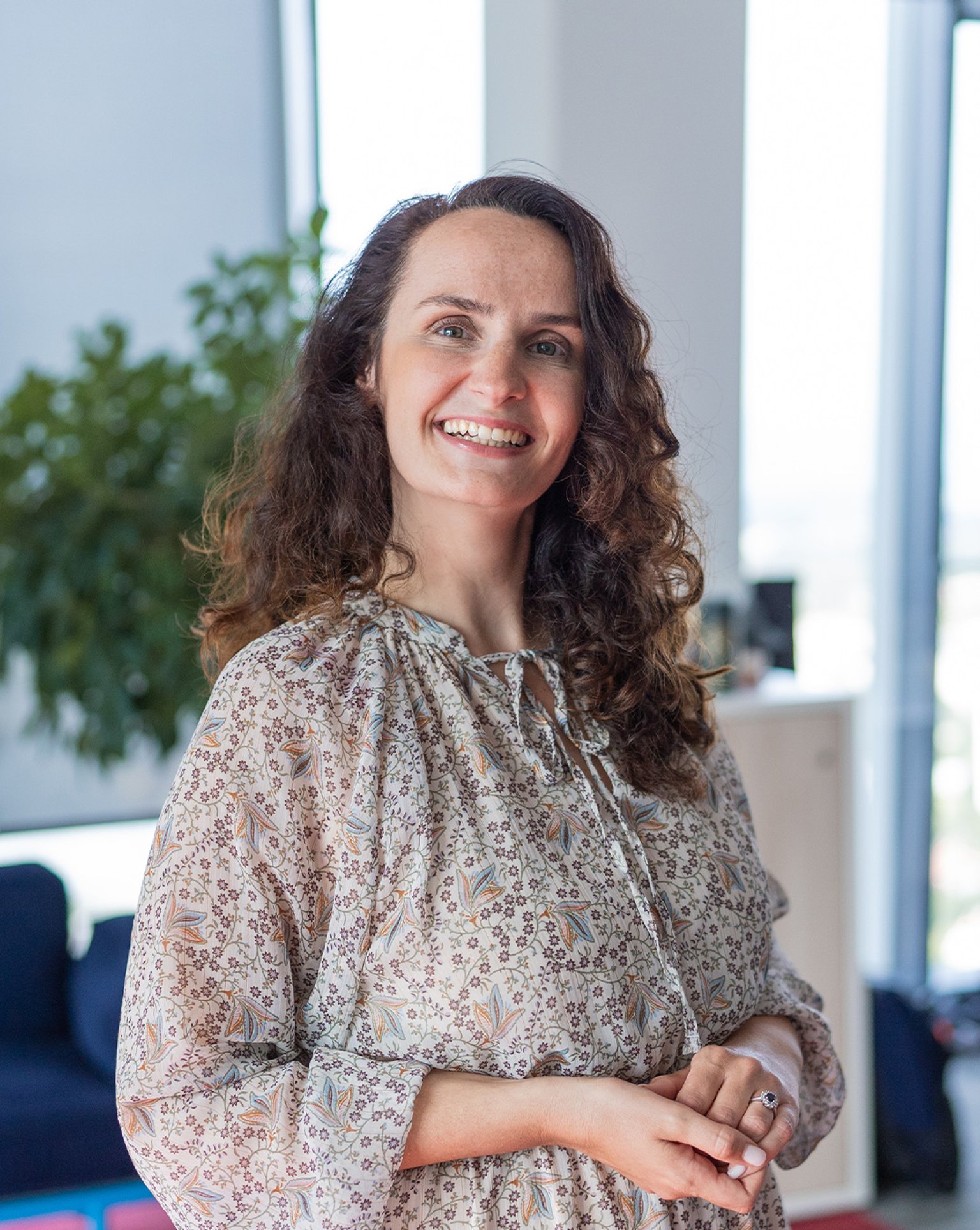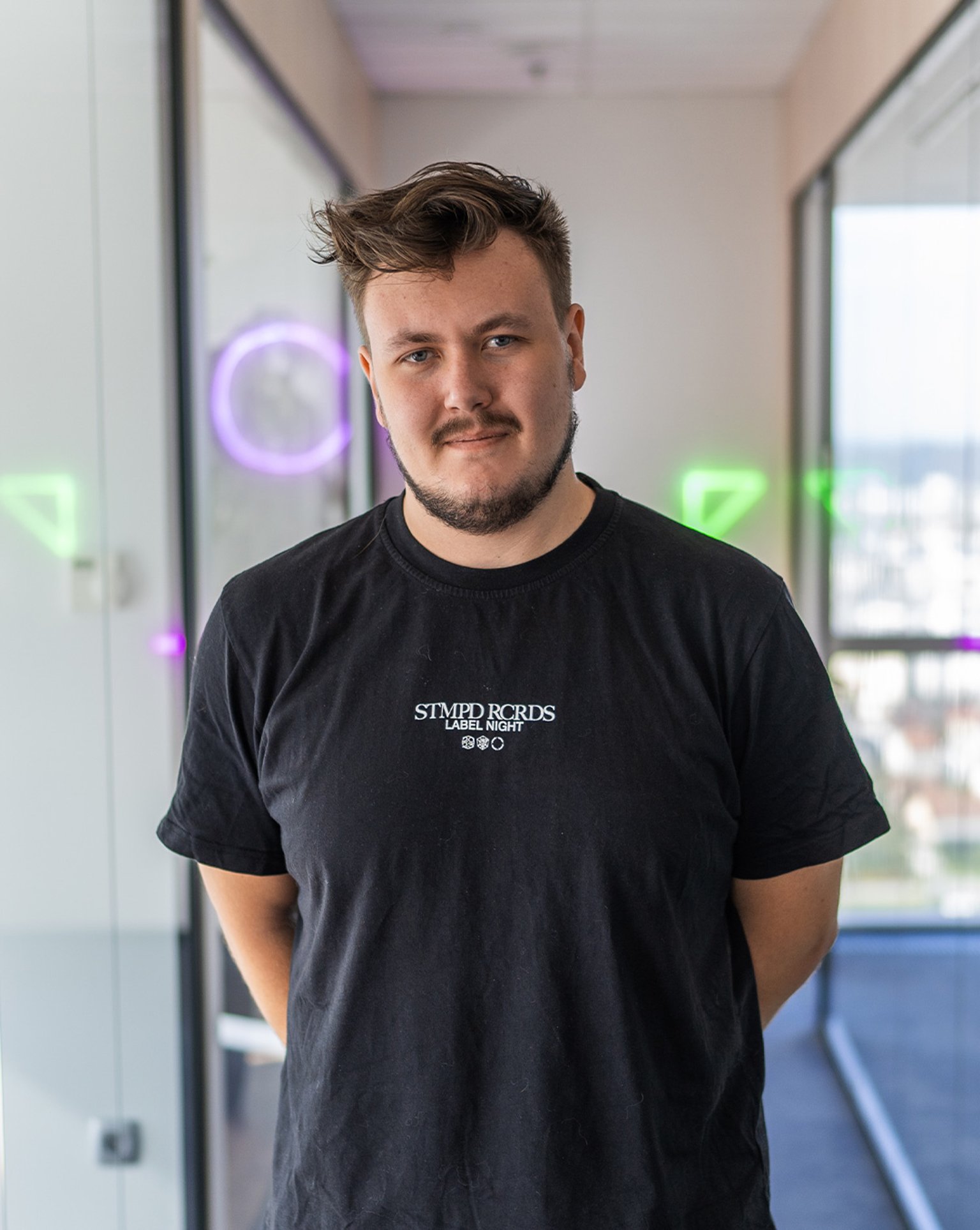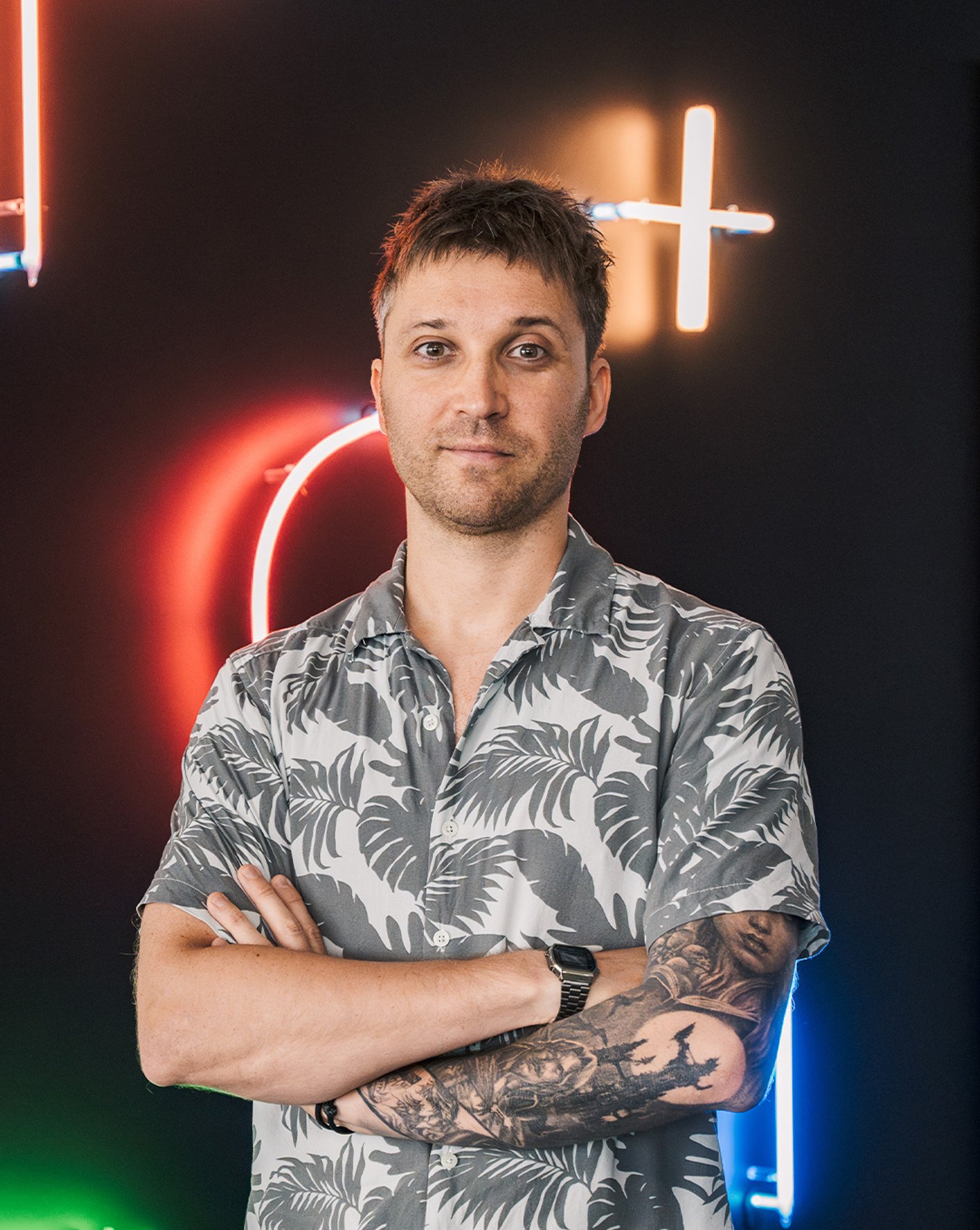As creators, we love turning ideas into reality, just for the sake of telling the story and exploring new concepts. And as media content professionals, we know that every piece of content has to fit inside our larger business and brand strategy. Finding that balance between creativity, building our brand, and reaching business goals is exactly what’s allowed the Talking Tom & Friends brand to keep growing.
It starts with simple ideas, then we dig deeper
The responsibility for producing our media content falls to a relatively small core team, as part of which Kevin writes the scripts and Alex oversees the creative and production process from start to finish, acting as a supervising director. As a team, we encourage everyone to contribute – it’s what keeps our creative ideas consistently fresh.
For example, one of our animators on the Talking Tom & Friends animated series had an idea he thought could be really funny – a goldfish falling out of a window and into someone’s smoothie. The idea had a fun visual hook that was born out of the animator’s visually-focused creative mind; a writer may never have come up with it. We decided to run with it and the setup let us explore one of our characters’ personalities in a new way.
Our entire company is structured around the concept that ideas can come from anywhere and that diverse viewpoints are essential for creating a living, breathing, and evolving universe around our characters.
This openness to ideas and our focus on cross-department collaboration is how we get a lot of our best content ideas. Our company is structured around the concept that ideas can come from anywhere and that diverse viewpoints are essential for creating a living, breathing, and evolving universe around our characters. Part of that is achieved by allowing everyone to share their ideas, even if it’s just a fragment of a story or a fun moment with no context. The other part is for us to take those ideas and build them into something that makes sense for our brand, our audience, and our company goals.
It works because we’ve built a culture that’s focused on the final product, not on who does what. Writers’ rooms can often get bogged down by big egos, which rarely leads to big ideas. But at Outfit7, we’ve gotten good at listening to each other and giving feedback in a constructive way. We certainly have strong opinions and, while we do voice them, the power of argument always wins over the argument of power, which leads to the best possible end product.
Video is an opportunity for us to expand game stories
Our video content is often structured around expanding on concepts from our games that we want to dig deeper into, but can’t due to the limitations of the platform. A great example is the swimming pool from My Talking Tom Friends. The pool is a popular feature in the game and for good reason! We felt like there were more stories there.
We tried to imagine what could be happening in the pool, beyond the mechanics of the game. That’s a common thought process when we’re planning our video content. What else could our characters be doing there? When we turn off the game, what shenanigans do they get up to? To give us a chance to explore all the fun possibilities, we created a series of Talking Tom Shorts episodes. These dialogue-free videos gave us the chance to explore concepts from our games in more depth.
Our “Breaking the Pool Rules” episode is one of the best examples of this in action. It allowed us to expand a story from the game and it became a massively successful piece of content in its own right, with over a hundred million views on YouTube.
We don’t take shortcuts
On the surface, expanding on ideas from our games might seem straightforward. It would definitely be easy for us to come up with a few gags, throw them into an episode, and say OK, we’re done. But that’s just not how we do things here.
The process might start small, like asking ourselves what our characters would do in the pool when we weren’t looking. But then we’d ask ourselves a hundred questions to discover exactly how the idea might fit into our wider universe. How can we build a dramatic arc centered around the pool? Can we tie it to one of our characters’ personalities? What message do we want to send through this episode? Can we introduce any additional concepts from the game in addition to the pool? How will it fit into our product roadmap, release schedules, and contribute towards KPIs?
When it’s time to start animating we’d then dive into a whole new level of production detail. And once all that’s done, we’d start the review process. We polish every single piece of content for as long as it takes. In the end, we want to be able to look at it and say “this is as perfect as it can get”.
Working on video content at Outfit7 can be challenging, and we’re certainly no strangers to tight deadlines. But even in the busiest of times, we respect each others’ ideas and work in an environment of genuine support. Just as importantly, we’re encouraged to respect ourselves, our needs, and our work/life balance. We work hard, but we also find moments to take breaks and hang out.
Even while working from home during Covid-19, we’d get together online for wine tastings, game nights, karaoke battles, and other fun activities. In the end, taking the time to build these connections doesn’t just lead to happier people, it also leads to a better final product. It’s about taking the time you need to get into the creative zone and into the right headspace to come up with something that’s world-class. Because even the best content strategy in the world won’t help unless you give yourself (and your team) the right conditions to deliver work you’re proud of and love. If you can achieve that, it’s almost guaranteed that your audience will love it too.


